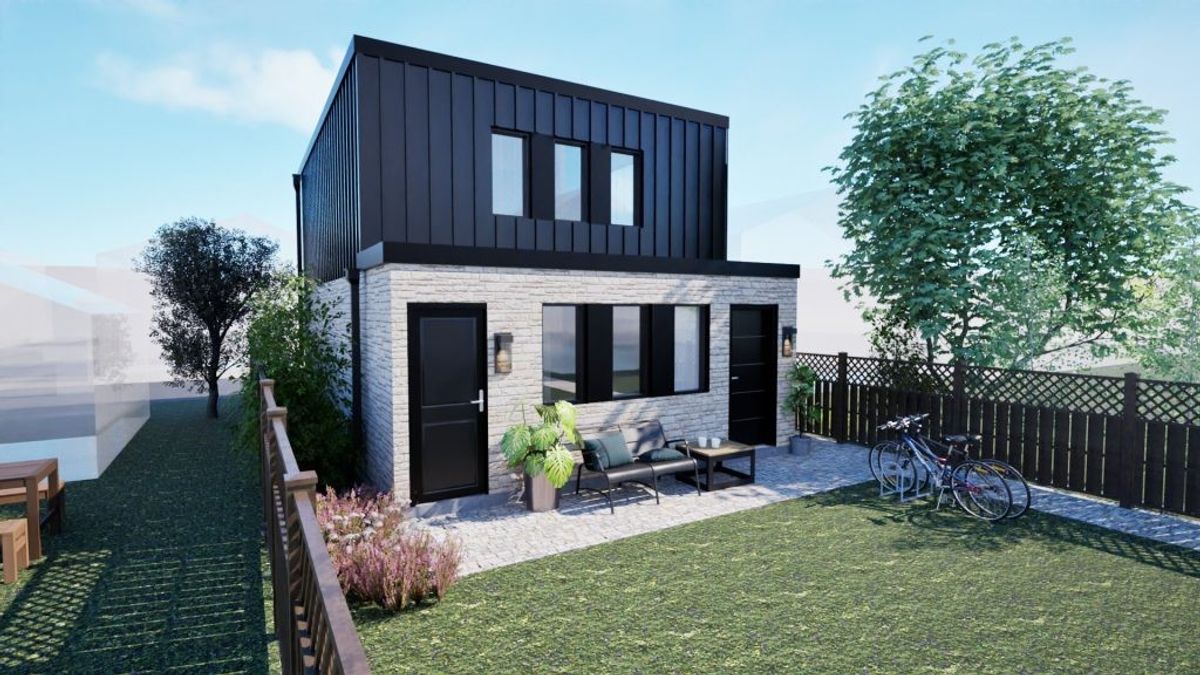Throughout Canada, the often-romanticized city lifestyle is quickly diminishing as many millennials accept that being a homeowner anywhere within an hour of Toronto has officially become more pipe dream than reality.
The GTA's already unaffordable housing prices have only become more so since the onslaught of COVID-19 -- rising 18.2% year-over-year to a median of $1,035,000 in the second quarter of this year alone.
Ten years ago, places on the far outskirts of Canada's largest urban centre -- like Lindsay and Hamilton -- still remained on the fringe between rural and urban. Today, they are booming with new developments and rising real estate prices. According to MLS statistics for 2021 real estate trends, Lindsay saw an annual average increase of over 17% in real estate prices. Hamilton saw an average increase of 31%. For those few families that were smart enough to get in early, there’s clearly a lot of money to be made, but for those us only trying to get into the market now, even these fringe cities are quickly falling out of reach.
In 2019, my partner and I moved out to Hamilton where monthly rentals were still affordable. But as more people fled the rising Toronto prices, Hamilton was deemed a new cultural hotspot in southern Ontario and housing prices climbed steadily. This summer, our landlord decided they couldn’t resist the promise of selling any longer, so we were vacated from our adorable two-storey unit on a tree-lined residential street to make room for a proposed $800/month rent increase from the new buyers.

As we scrambled to take our next steps, we considered where the most potential for our future lay. It certainly wasn’t in Toronto or the surrounding areas. The thought of standing on a crowded subway platform or brushing shoulders with strangers on King Street had become far less appealing than ever. In the two short years we lived in Hamilton, the housing market skyrocketed, and we couldn’t afford to buy anything half decent that didn’t require a complete remodel.
Instead of sulking over what we knew we couldn’t have, we began to consider what life would be like to the north. With an expected 7% increase in housing prices across the country, we were desperate to seek out any areas that may be even slightly less affected by the trend. What was the industry like out in cottage country for young people these days? Well, as it turns out, there’s still some opportunity. For anyone seeking a slower pace or a niche market for a new business idea, south-central Ontario has a lot to offer.
We moved to Haliburton County, where rural living remains not only affordable but plentiful. If you don’t care about being right on the water (don't worry, you're still closer to diving into a fresh lake than you'd ever be in the city), you’re looking at rental prices around half of what you might be paying in Toronto, and you get double the space.
READ: What Using Elon Musk’s New Starlink Internet Service is Actually Like
When I say rural, I’m not talking Muskoka or Lake of Bays, where real estate values are up more than 70% year-over-year, but rather all the in-between gems that are yet to be fully discovered. We’re now paying a fraction of what we were in Hamilton for almost triple the space and have found a wonderful community that welcomed us with open arms. We were surprised by how many other young families made a similar move in recent years. Maybe the push to vacate the city is a blessing in disguise.
Let’s zoom out for a moment and consider the country we live in –- as a whole. Canada has one of the largest land masses in the world, so why is it that nearly 20% of our population is congested in and around Toronto? For decades, our cities have been teeming with people from all walks of life, and while we pride ourselves on our nation’s diversity, why is it that this diversity only seems to really exist in our largest cities?

There’s been a lot of conversation lately around accepting a “new normal.” What a lot of people aren’t realizing is that this ongoing agreement to maintain a safe distance from strangers and perhaps even wear masks in enclosed public spaces is going to be extremely difficult when there are still nearly three billion people living in one city. If we really want to see a way forward that’s going to benefit everyone, industries included, we need to consider branching out and easing some of this congestion.
For many of us, working remotely has become part of this new normal, and businesses will soon realize (and many have already) they can lower their overhead drastically by paying employees to work from home rather than commute to a costly office building in the city. As the remote workforce continues to expand, fewer and fewer people see the need to live in or near the city. Ideally, this will create a push to increase industry on the outskirts, and further disperse our nation’s growing population.

A lot of homeowners are selling their homes in the cities and migrating north. Activity is off the charts, with some locations even being identified as ‘the best places to buy real estate’ in the entire country. As wealthy Toronto homeowners migrate to locations like Muskoka and Collingwood, opportunity for industry increases in the surrounding areas. We’re already seeing substantial growth in these regions, with Haliburton reporting a 15% sale price increase over the last three years. The sure-to-follow influx of business and industry is already apparent with upscale hipster-friendly home stores and services like Upper River Trading Co. and The Noble Barber popping up on Main Street. But don’t be scared off by the increasingly ritzy cottage landscape; there’s still plenty of time to get into the northern market at a reasonable price, you just have to look for it!
So, before you write-off your ability to ever own a home in Southern Ontario, consider becoming part of the budding dynamic culture outside the major hubs. Remember, a half-hour drive isn’t nearly as gruelling on an open highway as it is making the three-block trek through downtown Toronto at rush hour.





















